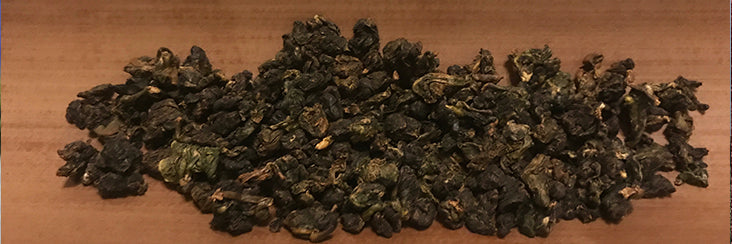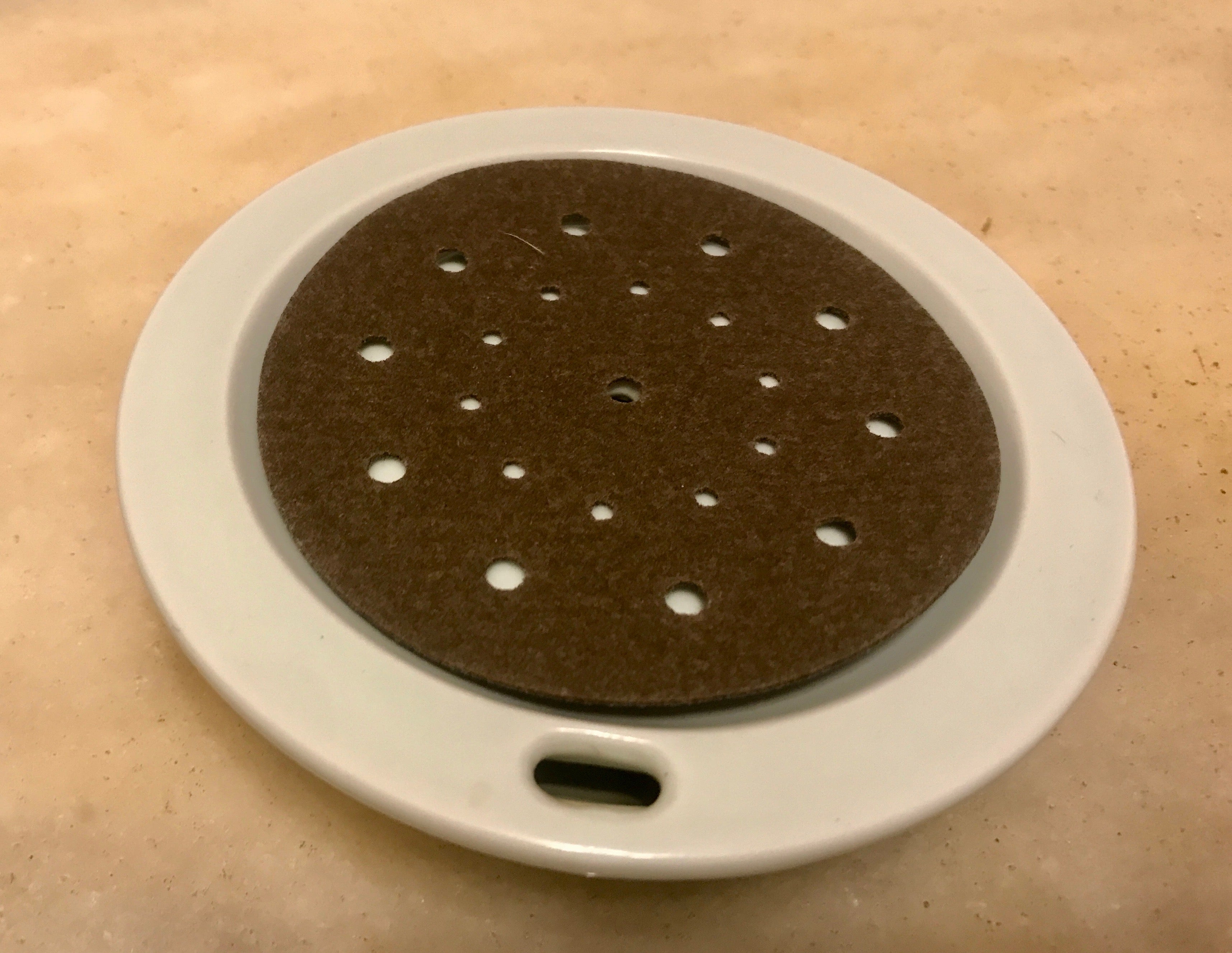
Red Oolong Tea Tasting Notes | Eco-Cha Tea Club

Appearance of the dried leaves is the first step in assessing any loose leaf tea. We can see by the coloration that these leaves are partially oxidized, with both green hues and darker tones. This is the first sign that it is a traditionally made Oolong tea. In recent trends, tea made in this fashion has been given the name "hong Oolong" or Red Oolong. It's actually just a new name for an old recipe.

Red Oolong has been popularized in Taiwan with the support of the TRES (Tea Research and Extension Station) who encouraged tea farmers in southeastern Taiwan to follow their recipe in order to create a differentiation value from other tea growing regions. This promotional effort has proven successful, and Red Oolong has gained popularity in the last decade or so. But this is not why we chose this batch of tea to share with the Eco-Cha Tea Club.
The truth is that the recently popularized type of tea that has been given the name Red Oolong is actually a form of Small Leaf Black Tea. The reason being that the leaves of the commonly known Red Oolong are basically fully oxidized — making it by definition a Black tea.

This month's batch of tea is clearly not fully oxidized, as we can see just by looking at the dried leaves. But the effect of partial oxidation is also evident in the color of the brewed tea, the flavor profile, and most definitively in the appearance of the brewed leaves, which are a combination of greenish and reddish hues. This is a result of using processing methods that were developed prior to the modernization of tea making. In short, it is a traditional Oolong tea recipe. And the one specific step that properly earns the name of Red Oolong is that the leaves were gently rolled using the primary rolling machine prior to tumble heating/cease oxidation.

OK, enough visual assessment. How does it taste? This batch of tea that was processed in the fashion of a pre-modern traditionally made Oolong really does have both Black tea and Oolong tea characteristics. It's flavor is similar to a delicate Black tea, but it's aroma and finish are more of an Oolong. It's complex and refreshing like an Oolong, but with enough sweetness on the palate to be reminiscent of a Black tea.
The best results are attained by treating it like a Black tea in terms of brewing methods. Use less leaves and brew it for short intervals. This brings out the complexity without letting it become too astringent. When brewed correctly, it is smooth on the palate, with tangy fruit undertones and a clean finish. It's this intriguing combination of character that puts this tea in the in-between zone of Black and Oolong tea.

Above is a photo of our complimentary gift with this month's batch of tea. It's a tea coaster made of an absorbent material that prevents sloppy drips on your tea tea tray, and also prevents discoloration of the base of your teapot.

This handy tea coaster can be placed on any surface to make for a more refined display, and keep your teapot in top shape!
LET US KNOW!
We really want to know what you think! Leave your impressions or questions in the comment section below!
SUBSCRIBE!
If you enjoyed this post and would like to hear more about the specialty tea industry here in Taiwan, follow us on YouTube, Facebook, and Instagram and please subscribe to our newsletter. Subscribe now and get $5 off your first order!

